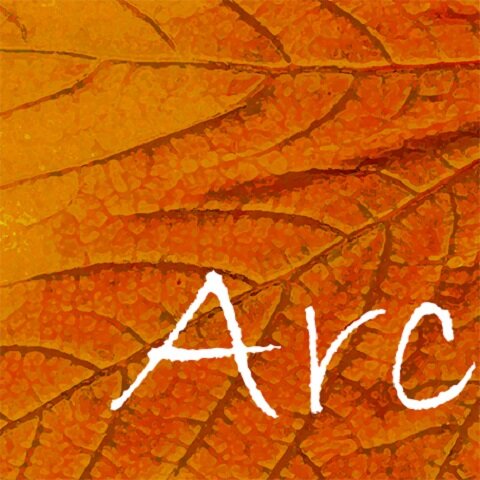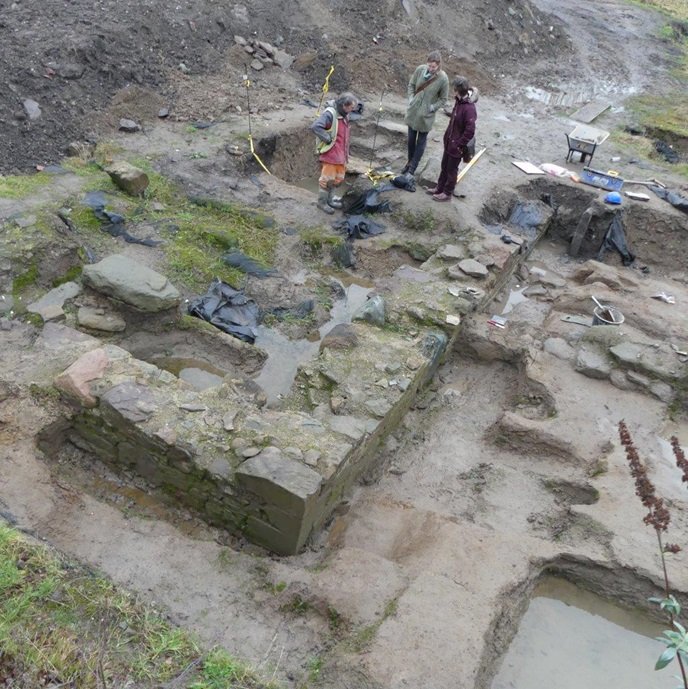Traditional Earth Mortars Research Project
Earth mortars have been a Scottish tradition for 6000 years and hold great potential in low carbon construction. Working with Rebearth, Arc is commissioned by Historic Environment Scotland to lead a multi-year project to develop better understanding and practice.
We welcome contact by diverse practitioners active in this field in Scotland or other countries to join the project Network of architects, builders, engineers, materials scientists, archaeologists and researchers.
Tailored repair mortars
Understanding decay
Identificaion & documentation
Understanding local materials
Effective Repairs
Stage 1 Research
This report presents the results of the first stage of a research project into traditional earth mortars, funded by Historic Environment Scotland, which comprised a desk-based assessment of the extent, character and significance of historic earth mortars in Scotland, and an assessment of the condition of conservation practice relating to them.
Earth mortars are here defined within a wider family of traditional earthen materials and other kinds of mortar, though the edges that define the tradition are imprecise and there is a question over how relevant achieving clear definitions is to practice in the field.
Earth mortar has been used since the first masonry buildings were built in Scotland and up until the 19th century. This is a tradition encompassing some 5,500 years that transcends cultural eras, building typologies and extends beyond the end of vernacular procurement. There is currently a poor level of documentation to understand these uses and transitions.
The main cultural significance of earth mortar is as a long-standing and geographically extensive vernacular tradition. The diversity of soils, climate and stone across Scotland resulted in a rich diversity of earth mortared masonry, reflected in regionally varied materials, construction technique, building form, and construction skills. This tradition thereby documents a key characteristic of Scottish vernacular built culture, the close local relationship of people to place, which gradually decayed between 1740 and 1900.
The understanding, documentation and conservation of earth mortared heritage is impeded by poor identification, inaccurate recording, lack of training and guidance, and a pervasive cultural bias against earthen materials, which originates in elitist attitudes from the 18th and 19th centuries.
The Scottish tradition of earth mortars is part of a vast global cultural heritage, but there is not currently a strong international network specifically on earthen mortars. There is also a context of the use of earth mortars in contemporary eco-construction, reflecting its low carbon, and circular economy characteristcs. This has strong potential to support the increased use of earth mortars in a heritage context in pursuit of a national transition to zero carbon construction in Scotland by 2045.
The report maps 396 individual earth mortared structures in Scotland, approximately 2% of perhaps 200,000 which are guestimated to exist. The poor level of recording impedes understanding. These sites have been included on an online GIS map.
The report lists 119 relevant publications of which 14 are identified as key documents.
58 people volunteered to form a cross-sector international network to guide this research project. The first meeting of the Network will review this report and guide the next stage of research.
The report makes 29 general recommendations of actions to develop this field and 12 specific actions of the next stage of this project. These include further desk and field research to better understand the heritage, cross-sector training and guidance to improve skills, knowledge and competence, exemplar projects and fostering of the network.
Click to view the interactive map
Click on the map to open the earth map website, then search for earth mortars. If you would like to add a site, please email information to our team.
Ongoing Research
In 2022 and 2023 our team are developing several aspects of the project. This will include a focused study of Neolithic Orkney, in consultation with the archaeology community, as well as development of the GIS mapping.
We are also seeking opportunities to support work on live projects involving earth mortars, both standing buildings and ruined structures, where we can advise on analysis, repair strategies and materials specification. Such projects may form the basis for delivery of regional skills training or subsequent technical guidance.
Meantime, we have written a blog…..






